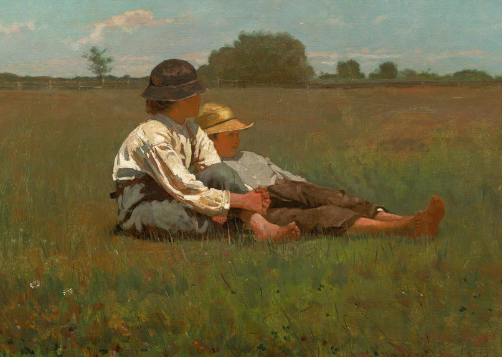Joan Didion’s Dreams of Leaving: 'It is Easy to See the Beginnings of Things, and Harder to See the Ends’
Joan Didion in the 1970's
'I want you to know, as you read me, precisely who I am and where I am and what is on my mind. I want you to understand exactly what you are getting: you are getting a woman who for some time now has felt radically separated from most of the ideas that seem to interest people. You are getting a woman who somewhere along the line misplaced whatever slight faith she ever had in the social contract, in the meliorative principle, in the whole grand pattern of human endeavor.’
Joan Didion, 'In the Islands’
I recently watched an excellent documentary about Joan Didion, the essayist and novelist who has described the fragmented American experience from the end of the 1960s to the present day (‘Joan Didion: The Center Will Not Hold’).
Didion’s elegant hands sketch patterns in space as she speaks. She chooses her words carefully and isn’t afraid of silence. Her birdlike frame seems fragile, but her eyes are penetrating and alert. She is 83.
'People with self-respect exhibit a certain toughness, a kind of moral nerve; they display what was once called character… Character- the willingness to accept responsibility for one's own life- is the source from which self-respect springs.’
'On Self-Respect'
Each morning Didion would fetch a Coca-Cola from the fridge and settle down to read - with salted almonds, cigarettes and sunglasses. In silence. And then to work.
She wrote with a clear, concise style, making acute observations, revealing melancholy truths. She wrote about all manner of things: about the Californian counter-culture; about Joni Mitchell, the Doors, John Wayne and the Reagans; about power, corruption and lies; grief, self-respect and keeping a notebook; about the special relationship between a mother and her daughter.
‘We get along very well, veterans of a guerrilla war we never understood.’
‘On Going Home’
I was particularly taken with an essay first published in 1967, on falling in and out of love with New York, ‘Goodbye to All That’.
'It is easy to see the beginnings of things, and harder to see the ends. I can remember now, with a clarity that makes the nerves in the back of my neck constrict, when New York began for me, but I cannot lay my finger upon the moment it ended, can never cut through the ambiguities and second starts and broken resolves to the exact place on the page where the heroine is no longer as optimistic as she once was.'
‘Goodbye to All That’
These words rang true for me - of work, of relationships, of life in general. Beginnings tend to be clean, precise, definite. They can be thrilling, anxious, exciting. The first day at school, the first hello, the first kiss. A new town, new friends, a new job. The sudden realization that summer is here.
But ends seem to creep up on us. The weary nods, the knowing looks, the nagging frustrations. The doubt and dithering, blame and bickering. The fog of uncertainty. The sense of familiarity.
'Everything that was said to me I seemed to have heard before, and I could no longer listen.'
‘Goodbye to All That’
We should be mindful of this when we consider the world of work. We all dream of leaving. It’s just the human condition. But this isn’t necessarily a reason to go. Or at least not right now.
It’s much smarter to focus on beginnings: on reasons to start rather than reasons to stop; on why we should embark on a new venture, rather than why we should depart from our current one; on hope rather than depair.
Choose to join a business, not to leave one.
No. 165

